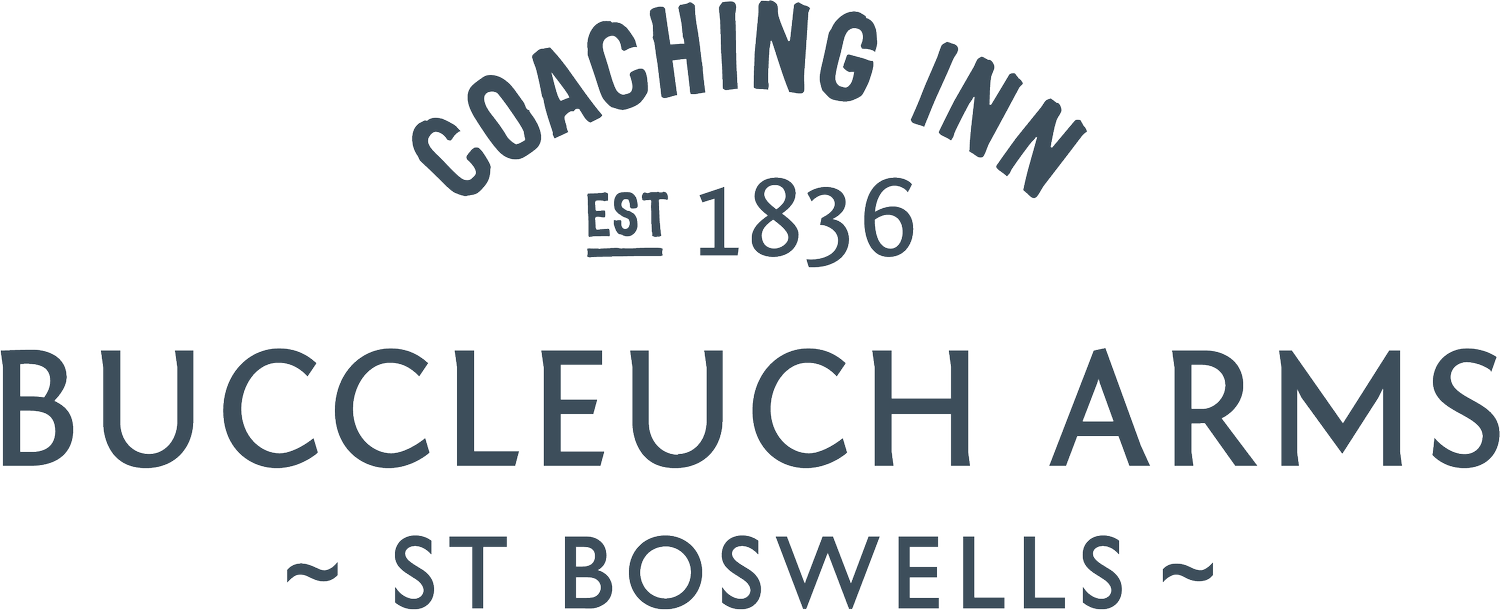Blue Coo steaksout the territory and Beefs up the Borders
We all know the Borders excels at farming and butchering beef, but now a local restaurant is also staking its fortunes on our sensational local steak.
In a new venture for the Scottish Borders, the Blue Coo Bistrot at The Buccleuch Arms in St Boswells has launched a menu of six steaks, farmed, cut and cooked by local hands.
The beef steaks are sourced from two suppliers: Hardiesmill, who farm from field to fork their native Aberdeen Angus herd near Gordon, and butchers J. Gilmour & Co, who buy beef from other Borders cattle farmers at John Swan s livestock mart in St Boswells.
In a canny business move, the Buccleuch Arms owners Billy and Rachael Hamilton, who both come from a farming background, said they understand the importance of working with the region's very best suppliers, and serving the most flavoursome ingredients.
We are really excited because we have always been passionate about using only the most local of produce, Billy said: “Hardiesmill is just a stone's throw away” and we are 100 per cent behind Scottish agriculture.
We see on a daily basis that our customers place great importance on provenance and in what we believe will be a popular development to our menus, we are offering the best possible steak experience.
Explaining their motivation for the menu change, he added: Steak sales are massive now.
The six-steak experience offers some rarely tasted cuts for those who want to try something a little different, but we haven't lost the traditional and most popular ribeye and sirloin options.
Customers can create their own meal, choosing their favourite steak, and selecting all of their side dishes.
The two traditional ribeye and sirloin cuts of Border beef are butchered by Gilmour, who hang their meat for a minimum of five weeks, while the four more unusual cuts “bullet, flat-iron, thick rib, and feather “ are home-reared and finished by Hardiesmill, who feed their pedigree Aberdeen Angus a natural diet of grass and grass silage.
Robin Tuke, who owns Hardiesmill with his wife Alison, boasts their Berwickshire farm offers one of the largest ranges of steaks in Britain, currently selling 14 different cuts “ but they continue to research and develop more.
They discovered their latest three steaks “gertjan from the shoulder, and bullet and merlin from the lower buttock” while learning from top butchers in Holland.
The price of protein is rocketing, mainly because of the bad weather, Robin explained.
Nothing’s growing, and not just in Scotland, but in England, Germany, Russia and America.
With intricate cuts, we are trying to keep beef affordable, and get the best flavour. So we are trying to keep the costs down, but the eating experience is up.
The cheaper the cut, the bigger the flavour, but the longer it takes to cook, and every steak, the Tukes say, has a different texture, flavour and tenderness.
Hardiesmill s 11 other steaks, cut from 11 different muscles, include names most Borderers will never have encountered before, such as bavette, onglet, and the most exclusive oysters and carbonade, which is so prized by chefs and foodies it can sell for £200 a kilo.
The whole picture, from conception to cooking, takes the Hardiesmill farmers three years.
Any wrong step can ruin three years of work, Robin said. It's safe to say the Tukes know good beef and how to rear it, time after time, for their beef has been served on the tables of the Orient Express and No. 10 Downing Street.
It's impossible to control nature, but one can at least nudge it along the lines of consistency by studying it hard and reducing the number of variables.
We are pretty comfortable with the observation that three things really affect the eating experience of beef: breeding, feeding and handling.
Every breed tastes different, like the sweeter Highland cattle or tangier Continental.
Robin added: We only use one pedigree [breed] and no crosses [most Aberdeen Angus is crossed with another breed to meet European aesthetic measurables].
Feed also affects flavour: We stick to a diet of grass, and don't use quantities of high-protein barley or corn, which increase the water content and changes the taste. The more stressed an animal before slaughter, the tougher the meat (stress creates the gristle in sirloin called check), so the Tukes also take great care in keeping stress levels low.
After breeding, feeding and handling, all that's left now is the cooking “ but that's the Buccleuch Arms job.
http://www.thesouthernreporter.co.uk/lifestyle/life/blue-coo-steaks-out-the-territory-and-beefs-up-the-borders-1-2898804

